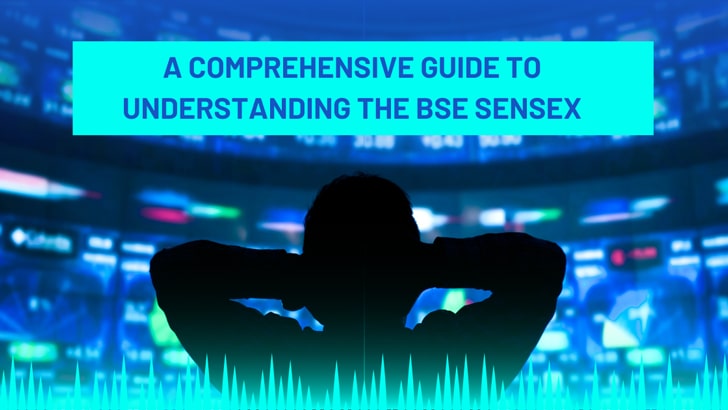The BSE Sensex is an important stock market index used to track the performance of the top 30 companies (or stocks) listed on the Bombay Stock Exchange (BSE). It is one of India’s oldest stock market indices and is considered one of the best measures of the India’s economy. This comprehensive guide will tell you everything you need to know about bse sensex.
What is the BSE Sensex?
It is a market index of the 30 largest and most actively traded stocks on the BSE. It is used to measure the overall performance of the Indian stock market. The index is calculated based on the weighted prices of the stocks that are part of the index and is updated every 15 seconds. The BSE Sensex has been an important indicator economy since its inception in 1986.
BSE Sensex is often used as a barometer of investor sentiment. It is an important index for investors as it gives them a quick overview of the stock market. It is also used to compare the performance of Indian stocks with other global markets. It is an important index to track for both individual and institutional investors.
What is the Difference Between the BSE Sensex and the Nifty?
The BSE Sensex and the Nifty are India’s two most popular stock market indices. While the BSE Sensex tracks the 30 most actively traded stocks on the BSE, the Nifty tracks the 50 most actively traded stocks on the National Stock Exchange (NSE).
It is more widely followed than the Nifty as it is India’s oldest stock market index. It is also more closely associated with the performance of our economy, while the Nifty is more closely associated with the performance of the NSE.
Understanding the Components of the BSE Sensex
The BSE Sensex comprises 30 stocks from different sectors of the economy. These stocks are selected based on their market capitalization and their trading volumes.
The sectors that are represented in the BSE Sensex are banking, energy, infrastructure, technology, auto, healthcare, IT, media, metals, FMCG, retail, and telecom. The largest sector in the index is banking, which accounts for almost 20% of the index. The other sectors account for the remaining 80%.
Factors Affecting the BSE Sensex
It is affected by a variety of factors. These include economic factors such as interest rates, inflation, GDP growth, and government policies. Political factors such as elections, government policies, and political stability can also affect the BSE Sensex. External factors, such as global markets, foreign investments, and currency movements, can also impact the index.
Analysing the BSE Sensex
Analysing it an important part of stock market investing. By analysing the index’s performance, investors can get an idea of the stock market’s overall direction.
Investors can use various technical analysis tools to determine the BSE Sensex. These include trend lines, moving averages, and other charting tools. Investors can also use fundamental analysis to analyse the economy and the companies that make up the index.
Conclusion
In this comprehensive guide, we have discussed about of the BSE Sensex, its and factors affecting the index. We have also discussed the difference between the BSE Sensex and the Nifty and provided you with some tips on best shares to buy.
We hope this guide has helped you understand the BSE Sensex and how it can be used to analyse the stock market and make informed investment decisions.
